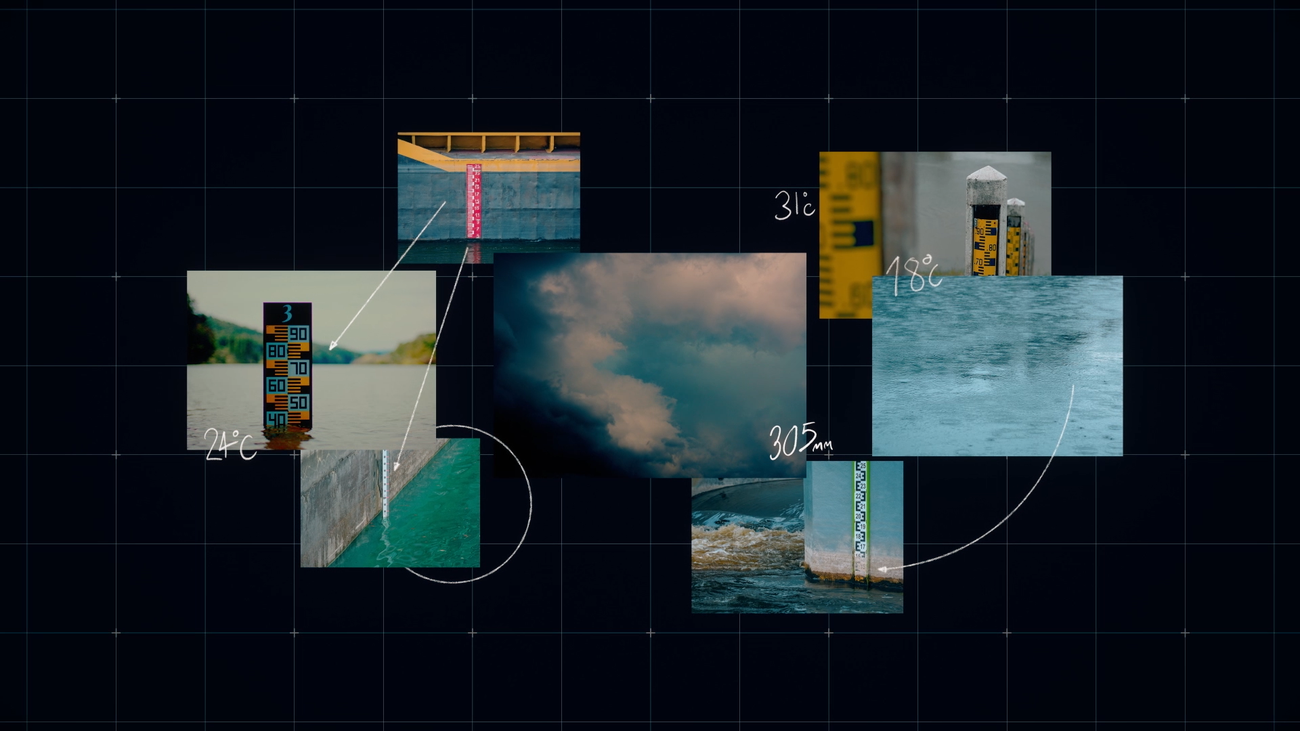Unlocking Historical Flood Data for Global Research
In a significant stride towards enhancing global flood management and research, historical outputs of a cutting-edge global flood forecasting model are now publicly accessible. This dataset, available through the GRRR platform, encompasses flood forecasts and alerts applied to global data dating back to 1981. The primary aim is to empower researchers worldwide with insights into the historical impact of flooding, thereby equipping them with the knowledge needed to mitigate future disasters effectively.
The accessibility of this data marks a pivotal moment in understanding the intricate dynamics of flooding. By analyzing patterns and trends over several decades, researchers can gain a better grasp of how floods affect different regions. This knowledge is not only crucial for academic pursuits but also serves as a foundation for developing robust, practical solutions to minimize flood-related devastation.
Enhancing Flood Forecasting Accuracy
The recent advancements in flood forecasting models are a testament to the power of integrating richer datasets. These improvements enable the generation of more comprehensive forecasts, which are invaluable to researchers, communities, and areas where data scarcity has been a challenge. Remarkably, the new model’s accuracy in predicting floods at a seven-day lead time matches the precision of the previous model’s five-day forecasts. This leap in reliability aligns with the best global flooding nowcasts available today.
Efforts to refine these models are ongoing, with a focus on making flood forecasting information more accessible. Collaboration with research communities and experts is a crucial component of this endeavor. By pooling knowledge and resources, the goal is to create a more resilient global network capable of responding to natural disasters with agility and precision.
Leveraging AI for Global Climate Action
The insights generated by these flood forecasting models are directly applicable in real-world scenarios. Local communities, researchers, experts, governments, and aid organizations can harness this information to take proactive measures in safeguarding vulnerable populations from impending floods.
A poignant example of this occurred last May when catastrophic floods swept through Rio Grande do Sul, Brazil. In response, the Google Research team partnered with the Geological Service of Brazil (SGB) to introduce over 200 new monitoring locations within the state on Flood Hub, Google’s open flood forecasting platform. This timely data provided local authorities and residents in affected areas with a vital tool for formulating crisis response plans and informed decision-making.
Collaborative Efforts in Flood Management
The collaboration with Brazilian local authorities is just one facet of a broader initiative. Flood forecast information has also been instrumental for aid organizations like World Vision Brazil and its partners. By predicting flood-affected regions, these organizations were able to rapidly mobilize resources and provide essential supplies such as drinking water, food baskets, and bedding kits within a mere 48-hour window.
This proactive approach underscores the importance of timely data in disaster management. By anticipating the needs of affected communities, aid organizations can offer a lifeline in the critical hours following a disaster, potentially saving countless lives and minimizing suffering.
Expanding Global Reach and Impact
Earlier in the year, Google Research highlighted how four humanitarian organizations across Africa and India leveraged flood forecasting technology to aid communities in need. This initiative is part of a broader commitment to addressing the effects of climate crises using artificial intelligence (AI). By providing actionable safety information, these efforts align with the United Nations’ Early Warnings for All initiative, emphasizing the importance of early warning systems in disaster management.
The ultimate goal is to equip governments, international organizations, and non-governmental organizations (NGOs) with the critical information needed to protect communities from the devastating impacts of floods. As research expands and forecasts are refined, the focus remains on making flood forecasting information universally accessible and actionable.
The Role of AI in Disaster Preparedness
Artificial intelligence is at the heart of these advancements in flood forecasting. By analyzing vast datasets and identifying patterns, AI can predict potential flood events with remarkable accuracy. This predictive capability is invaluable for disaster preparedness, allowing communities to take preventive measures before the floodwaters rise.
Moreover, AI-driven models can process real-time data from various sources, offering an up-to-date view of potential flood risks. This dynamic approach ensures that forecasts remain relevant and accurate, providing a critical advantage in rapidly changing weather conditions.
Building Resilient Communities
The availability of historical flood data and advanced forecasting models offers a pathway to building more resilient communities. By understanding past events and predicting future risks, communities can develop robust infrastructure and emergency response plans tailored to their specific needs. This proactive approach is vital in minimizing the impact of floods, ensuring that communities can recover swiftly and efficiently.
Furthermore, public access to flood data empowers individuals and organizations to contribute to flood management efforts. By fostering a collaborative environment, where information is shared and utilized effectively, the collective response to flood events can be significantly strengthened.
Conclusion
The public release of historical flood data and the continuous improvement of forecasting models represent significant progress in global flood management. By leveraging AI and collaborating with experts and organizations worldwide, the potential to minimize the devastating impacts of floods is within reach. As research continues to expand and forecasts become more precise, the focus remains on building resilient communities that are better prepared to face the challenges of a changing climate.
For more Information, Refer to this article.


































